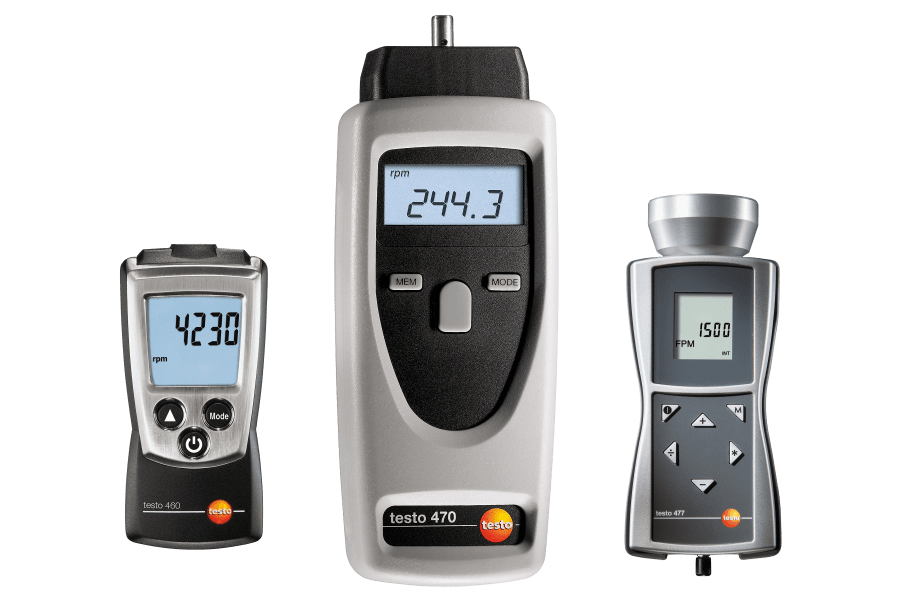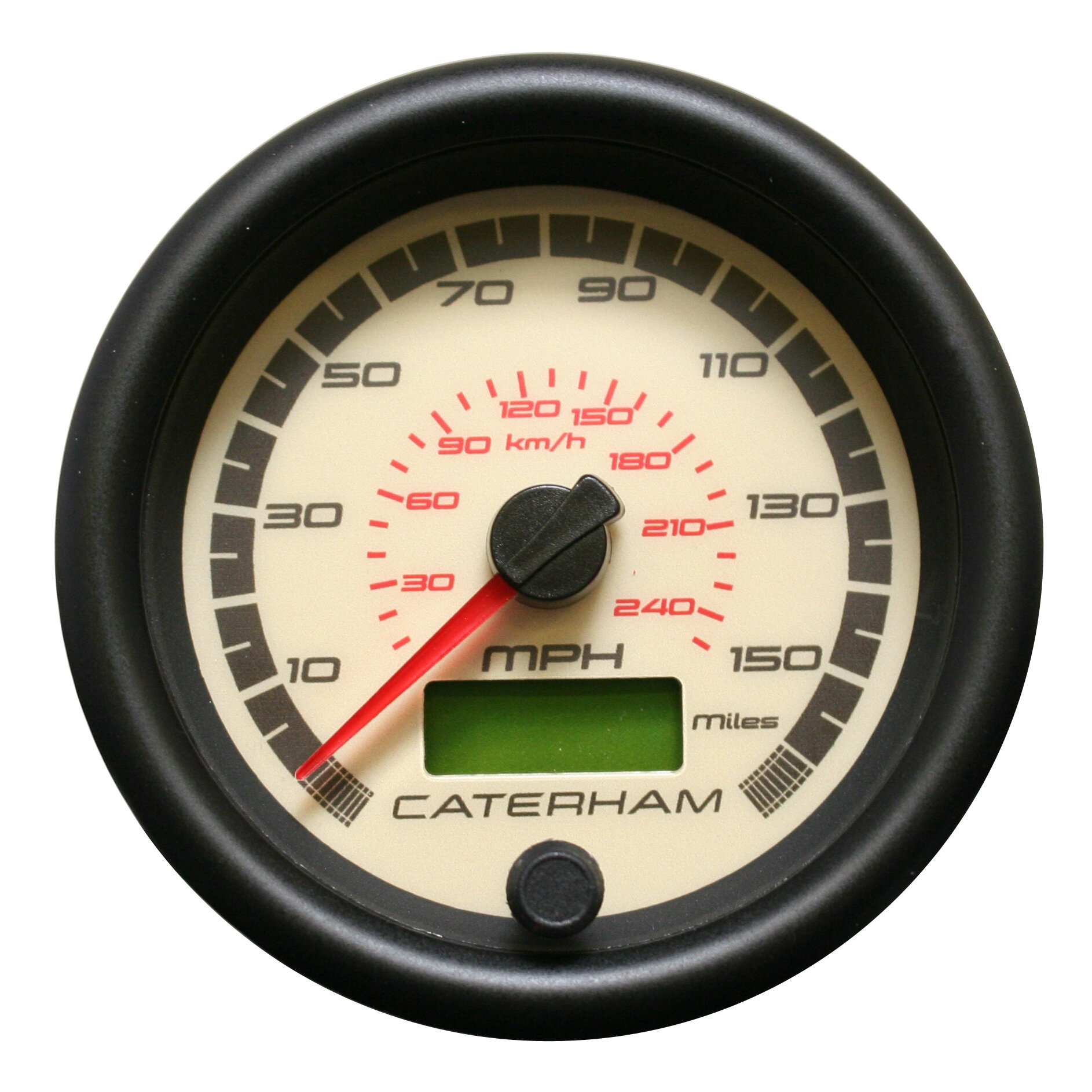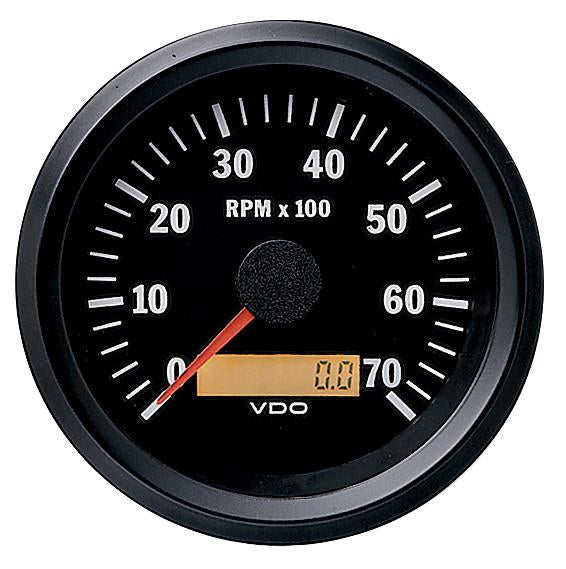Top Reasons Every Motorist Requirements a High-Quality Tachometer
Wiki Article
The Value of a Tachometer in Checking Engine Speed and Performance in Automotive Applications
In the realm of automotive engineering, the tachometer stands as a critical instrument in the chauffeur's arsenal, providing a straight home window into the inner workings of a vehicle's engine. Beyond its function as a simple gauge of changes per min (RPM), the tachometer functions as a critical tool for enthusiasts and experts alike, offering real-time insights right into engine performance and health and wellness. Recognizing the importance of this gadget exceeds surface-level monitorings, diving into the complex relationship between engine rate, power result, and overall driving experience. As we check out the diverse duty of the tachometer in automotive applications, a deeper recognition for its effect on vehicle dynamics and effectiveness starts to arise.Significance of Keeping An Eye On Engine RPM
Monitoring engine RPM, or revolutions per minute, is a critical aspect of auto upkeep and performance evaluation. Engine RPM straight correlates with the speed at which the engine's crankshaft revolves, indicating exactly how promptly the engine is running.In addition, checking engine RPM is crucial for efficiency analysis in racing and high-performance vehicles. Preserving optimum RPM degrees is vital for accomplishing peak power output and acceleration. Racers frequently use tachometers to ensure they are operating within the excellent RPM range for maximum performance. In recap, keeping track of engine RPM is not just important for detecting problems yet also for enhancing engine efficiency in various vehicle applications.

Benefits of Real-Time Information
In auto applications, real-time information plays an essential function in supplying instantaneous understandings into the performance and condition of the lorry. By constantly keeping an eye on numerous criteria such as engine rate, temperature level, gas intake, and extra, real-time information supplies countless advantages that add to boosted performance and safety and security on the roadway.
In addition, real-time information assists in efficiency optimization by offering immediate comments on driving practices and engine efficiency. Chauffeurs can change their behavior in real-time based on this information to attain better gas economy and extend the lifespan of their lorry.

In addition, real-time data plays a vital function in modern-day automobile diagnostics, making it possible for service technicians to quickly identify his response and resolve malfunctions. This causes reduced downtime, reduced upkeep costs, and eventually, boosted general automobile reliability and durability (tachometer). By using the power of real-time data, vehicle stakeholders can make enlightened decisions that positively affect both the efficiency and longevity of the automobile
Influence On Gear Shifts
The tachometer plays a vital function in maximizing equipment changes by providing real-time engine speed data to the driver. When approaching the redline on the tachometer, it signals the driver to upshift to prevent over-revving the engine and causing possible damages.In addition, the tachometer help in attaining smoother equipment changes, specifically in hand-operated transmissions. By monitoring engine speed, drivers can perform gear shifts at the optimum RPM range, minimizing snagging movements and lessening endure the transmission parts. This accuracy on duty adjustments not only enhances driving convenience however likewise contributes to sustain performance.
Enhancing Fuel Efficiency
Offered the essential function the tachometer plays in maximizing equipment shifts for performance and engine health, it directly contributes to maximizing fuel effectiveness in automotive applications. By supplying real-time comments on engine rate, the tachometer assists drivers in keeping the most efficient RPM variety for fuel economic climate. When chauffeurs continually check the tachometer and change their driving routines accordingly, they can prevent unnecessary fuel intake triggered by over-revving or hauling the engine.Furthermore, the tachometer assists vehicle drivers recognize the most fuel-efficient gear to be in at any given moment, stopping the engine from functioning tougher than necessary. In conclusion, the tachometer serves as an important tool in improving gas effectiveness by advertising optimum driving habits and identifying areas site link for improvement in the car's performance.

Maximizing Engine Longevity
The tachometer's role in checking engine speed and efficiency is important in making sure the longevity of vehicle engines. Monitoring the tachometer allows motorists to stay within the recommended RPM array for their automobile, avoiding unnecessary stress on the engine and extending its life expectancy.
Final Thought
In final thought, the tachometer plays an essential duty in keeping an eye on engine speed and efficiency in automobile applications. By providing real-time information on RPM, it permits reliable gear shifts, boosted gas efficiency, and made the most of engine long life. This tool is important for keeping optimum engine performance and making certain the general functionality of an automobile.Report this wiki page